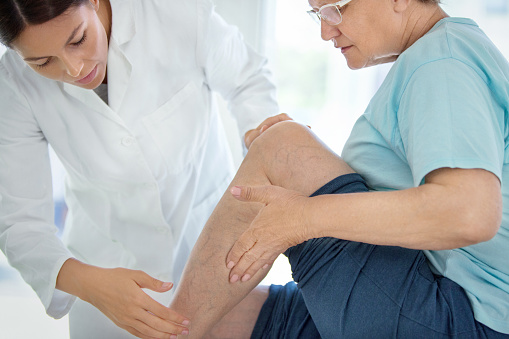Many people know what varicose veins look like, but they don’t know what causes them and how they can be treated or prevented. Varicose veins are usually bluish in color and are bulging veins just below your skin’s surface. They almost always occur in the legs or feet. Although varicose veins can be a bit painful and many people don’t like them from a cosmetic standpoint, they are typically harmless.
Inflamed varicose veins can negatively influence circulation and cause itchy skin, tenderness, aching in limbs, and swollen ankles. Varicose veins are actually pretty common with 23% of all Americans living with them. This condition is twice as common in women as it is in men.
Varicose veins are caused by valves that are not working properly. This allows blood to pool up in veins and makes it hard for your muscles to push that blood in an uphill direction. This causes congestion and veins can bulge and twist.
There are certain conditions that can lead to varicose veins including pregnancy, standing for long periods of time, and obesity. Any condition that causes excess pressure on your legs or abdomen can be the culprit. Those with sedentary lifestyles may also have an increased risk of developing varicose veins.
Mild cases of varicose veins often don’t need to be medically treated. Wearing compression stockings helps your leg muscles deliver blood upward which reduces varicose veins. Taking an over-the-counter anti-inflammatory drug like ibuprofen or aspirin can reduce symptoms of pain and swelling.
For more serious cases of varicose veins, there are medical procedures which can be performed including laser treatment, sclerotherapy, and surgical removal or stripping. Talk with your physician to learn more about these procedures and which one may be right for you. To learn more contact Salem Radiology today.

